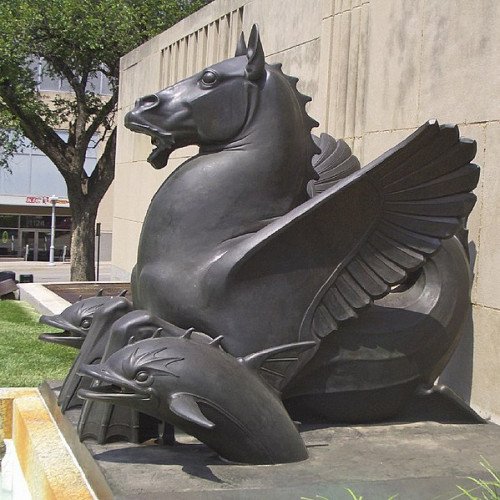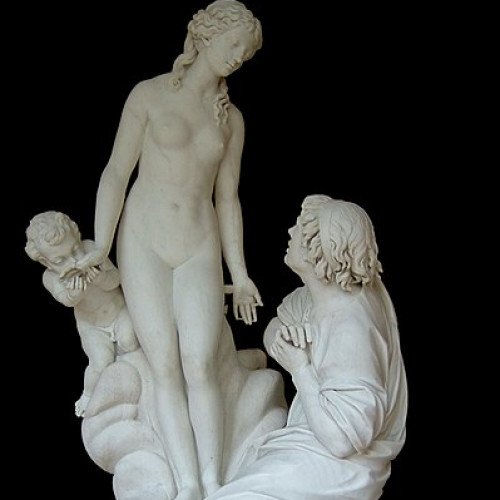Hippocampus (mythology) VS Galatea (mythology)

Hippocampus (mythology)
The hippocampus or hippocamp, also hippokampos (plural: hippocampi or hippocamps; Greek: ἱππόκαμπος, from ἵππος, "horse" and κάμπος, "sea monster"), often called a sea-horse in English, is a mythological creature shared by Phoenician, Etruscan, Pictish, Roman and Greek mythology, though its name has a Greek origin. The hippocampus has typically been depicted as having the upper body of a horse with the lower body of a fish.
Statistics for this Xoptio

Galatea (mythology)
Galatea (; Greek: Γαλάτεια; "she who is milk-white") is a name popularly applied to the statue carved of ivory by Pygmalion of Cyprus, which then came to life in Greek mythology. In modern English, the name usually alludes to that story. Galatea is also the name of Polyphemus's object of desire in Theocritus's Idylls VI and XI and is linked with Polyphemus again in the myth of Acis and Galatea in Ovid's Metamorphoses.